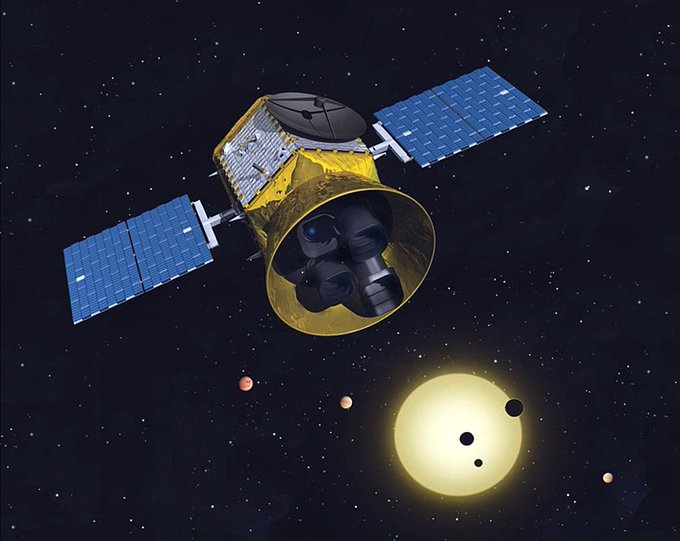A potential new tracer of exoplanet formation - An international team of astronomers, including scientists from @mpi_astro, have become the first in the world to detect isotopes in the atmosphere of an exoplanet. https://t.co/6gRl6lfKX5 Image credit: @DanielleFuts
#PPOD: Cosmic Flames
Credit Image: Paul Wilson (https://t.co/66V5uCzgEU)
Astronomers report first detection of ultrabright radio flashes in our own galaxy - The fast radio bursts are likely generated by a magnetar, the most magnetic type of star in the universe. https://t.co/LjmuVF4nva @MIT @mcgillu #FRBs
.@apod 2019 Feb 18 - A huge dragon-shaped aurora developed in the sky over Iceland earlier this month. The display was so enthralling that the photographer's mother ran out to see it and was captured in the foreground. Credit: Jingyi Zhang & Wang Zheng https://t.co/fEwTTwP71a
Scientist @JRSkok is working to put the journey to #Mars in your hands: Made of Mars will begin by learning to build with volcanic basalt. Basalt is the most common material on Mars and is widespread throughout Earth and much of the solar system. https://t.co/I2jU0MWN42
How Many Planets is TESS Going to Find? - A new study determined with 90% confidence that TESS is likely to detect 4430–4660 new exoplanets during its two years mission. | @universetoday https://t.co/HTT3oGZT2T
Passage to Mars: New Film Follows Voyage to 'Mars on Earth' | @SPACEdotcom @pascalleetweets https://t.co/7bsVmvGnhl
In theory, the Milky Way could be a 'galactic transport system': http://t.co/SbZzNSOVpe
Cosmic close-up of the eastern Veil Nebula: http://t.co/h6GKXhEi0R
10 more days until registration for #SETI-Jam! Game developers, join the next great adventure: http://t.co/Bt1ZurFMfQ











